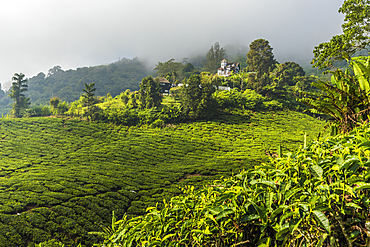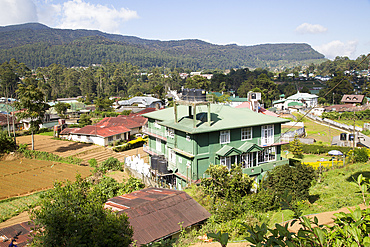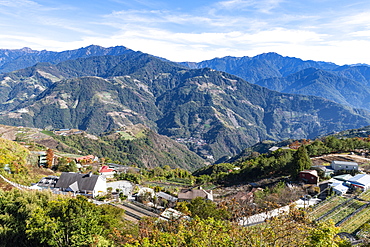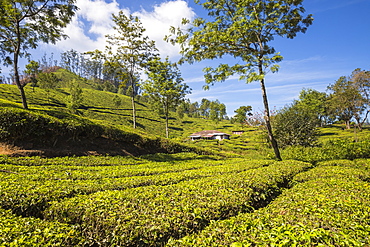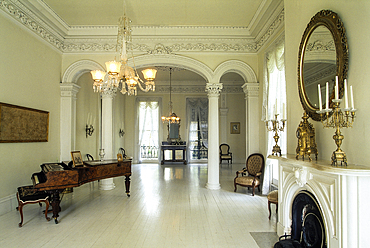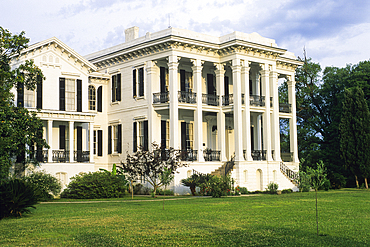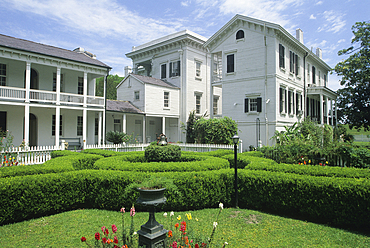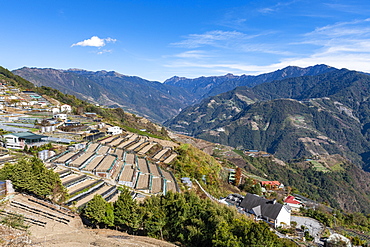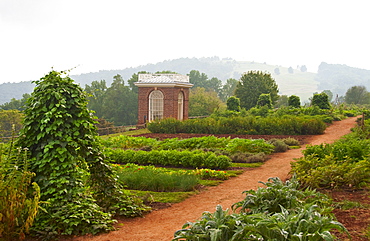Results
16 results found
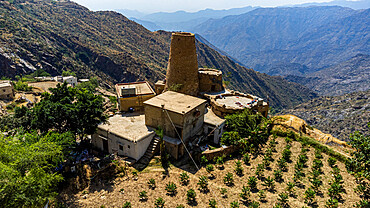
Aerial of fortified house and a coffee plantation, Asir Mountains, Kingdom of Saudi Arabia, Middle East
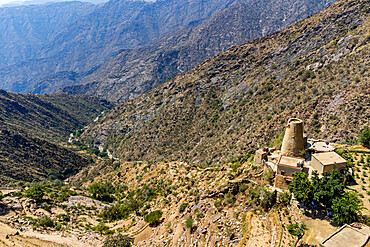
Aerial of fortified house and a coffee plantation, Asir Mountains, Kingdom of Saudi Arabia, Middle East
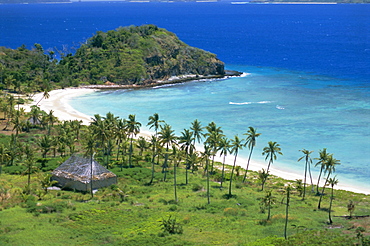
Coconut plantation and old farmhouse beside coral sand bay, Mana Island, Mamanuca group, west of Viti Levu, Fiji, South Pacific islands, Pacific
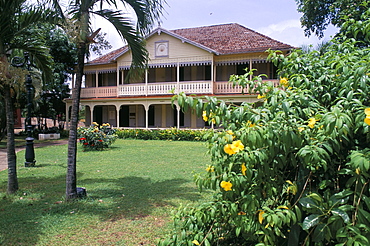
Old colonial residence, St. James plantations, Commune de Sainte Marie, island of Martinique, French Lesser Antilles, West Indies, Central America
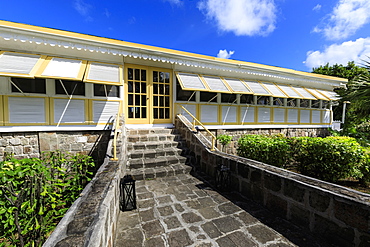
Nisbet Plantation, home of Fanny Nisbet, married to Horatio Nelson, now restored, Nevis, St. Kitts and Nevis, West Indies, Caribbean, Central America

Exterior of Plantation Home, Oak Alley, New Orleans, Louisiana, United States of America (USA), North America

The Cafetal La Isabelica, an old coffee plantation in hills above Santiago, Cuba, West Indies, Central America
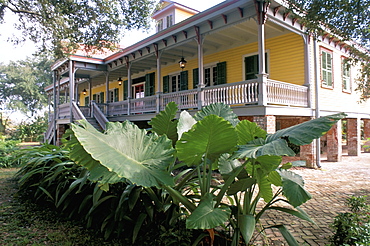
Laura Plantation, on the edge of the Mississippi, La Vacherie region, Louisiana, United States of America, North America
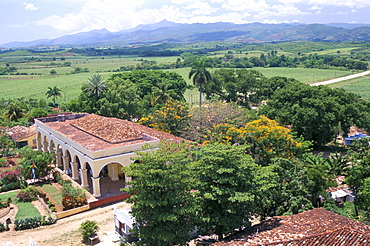
Plantation house on the Guainamaro sugar plantation, Valley de los Ingenios, UNESCO World Heritage Site, Sancti Spiritus region, Cuba, West Indies, Central America
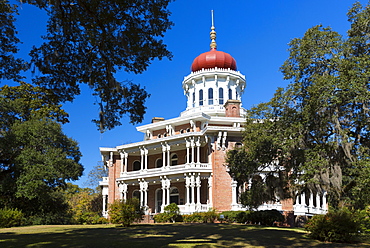
Longwood 19th Century antebellum plantation mansion house with Byzantine dome roof, live oak with moss, Natchez, Mississippi USA
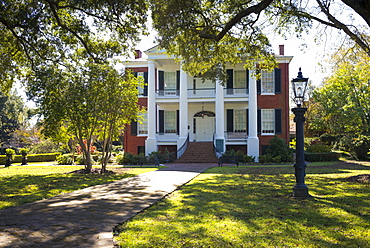
Rosalie 19th Century Greek Revival style antebellum plantation mansion house Natchez, Mississippi USA
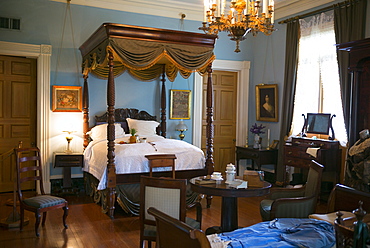
Oak Alley plantation antebellum mansion house interior of master bedroom with four poster bed in Vacherie, Louisiana, USA
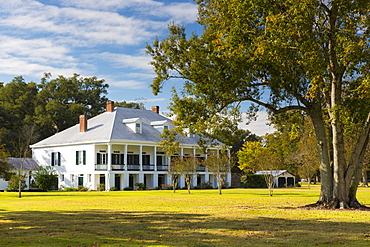
St Joseph plantation 19th Century antebellum mansion house along the Mississippi at Vacherie, Louisiana, USA
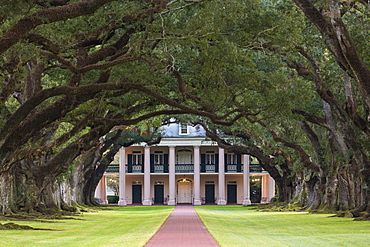
Oak Alley plantation antebellum mansion house and canopy of live oak trees along Mississippi River at Vacherie, Louisiana, USA
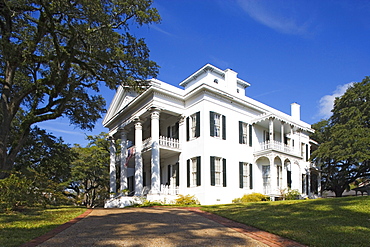
Stanton Hall, built in 1857, is a typical palatial antebellum home in greek revival style, Natchez, Mississippi, USA
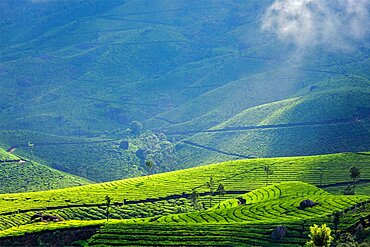
Kerala India travel background, green tea plantations in Munnar with low clouds, Kerala, India, tourist attraction, Asia

Extended family of cocoteros, workers on a coconut plantation in the rural town of Barigua east of Baracoa in eastern Cuba, Cuba

Family of cocoteros, workers on a coconut plantation in the rural town of Barigua east of Baracoa in eastern Cuba, Cuba

Family of cocoteros, workers on a coconut plantation in the rural town of Barigua east of Baracoa in eastern Cuba, Cuba

A cafetero or coffee farm worker in front of his home in the mountains of Sancti Espiritus Province in central Cuba, Cuba
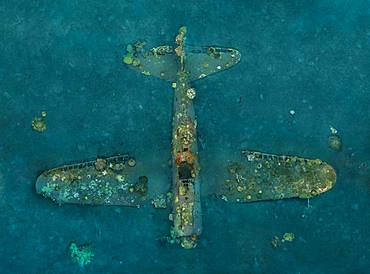
Tara Pacific expedition - november 2017 Zero wreck, vertical view Orthomosaic from 3D photogrammetry (13500 x 10000 px). D: 15 m Kimbe Bay, papua New Guinea, Coral growth on this wreck is from a period of 74 years ! The ZERO, is a Japanese WW2 fighter plane wreck. This Zero wreck was discovered in January 2000 by local William Nuli while he was freediving for sea cucumbers. He asked the Walindi Plantation Resort dive team if they might know what it was, and when they investigated they uncovered the intact wreck of a Zero fighter, resting on a sedimented bottom in 15 m depth. This World War II Japanese fighter is almost completely intact. The plane is believed to have been ditched, the pilot is believed to have survived, but was never found on the island. He never returned home. Maybe he disappeared in the jungle? On 26th December 1943, during the battle of Cape Gloucester, the Japanese pilot made an emergency landing, ditching his Mitsubishi A6M Zero plane into the sea approximately 100m off West New Britain Province. The plane was piloted by PO1 Tomiharu Honda of the 204st K?k?tai. His fate is unknown but it is believed the he made a controlled water landing after running out of fuel and survived. Although he failed to return to his unit, the plane was found with the throttle and trim controls both set for landing and the canopy was open. There are no visible bullet holes or other shrapnel damage and the plane is still virtually intact after over 70 years underwater. It is a A6M2 Model 21 Zero, made famous for its use in Kamikaze attacks by the Japanese Imperial Navy. The wreck has the Manufacture Number 8224 and was built by Nakajima in late August 1942.

Tara Pacific expedition - november 2017 Kimbe Bay, papua New Guinea, Zero wreck: Coral growth on this wreck is from a period of 74 years ! D: 15 m The ZERO, is a Japanese WW2 fighter plane wreck. This Zero wreck was discovered in January 2000 by local William Nuli while he was freediving for sea cucumbers. He asked the Walindi Plantation Resort dive team if they might know what it was, and when they investigated they uncovered the intact wreck of a Zero fighter, resting on a sedimented bottom in 15 m depth. This World War II Japanese fighter is almost completely intact. The plane is believed to have been ditched, the pilot is believed to have survived, but was never found on the island. He never returned home. Maybe he disappeared in the jungle? On 26th December 1943, during the battle of Cape Gloucester, the Japanese pilot made an emergency landing, ditching his Mitsubishi A6M Zero plane into the sea approximately 100m off West New Britain Province. The plane was piloted by PO1 Tomiharu Honda of the 204st K?k?tai. His fate is unknown but it is believed the he made a controlled water landing after running out of fuel and survived. Although he failed to return to his unit, the plane was found with the throttle and trim controls both set for landing and the canopy was open. There are no visible bullet holes or other shrapnel damage and the plane is still virtually intact after over 70 years underwater. It is a A6M2 Model 21 Zero, made famous for its use in Kamikaze attacks by the Japanese Imperial Navy. The wreck has the Manufacture Number 8224 and was built by Nakajima in late August 1942.
